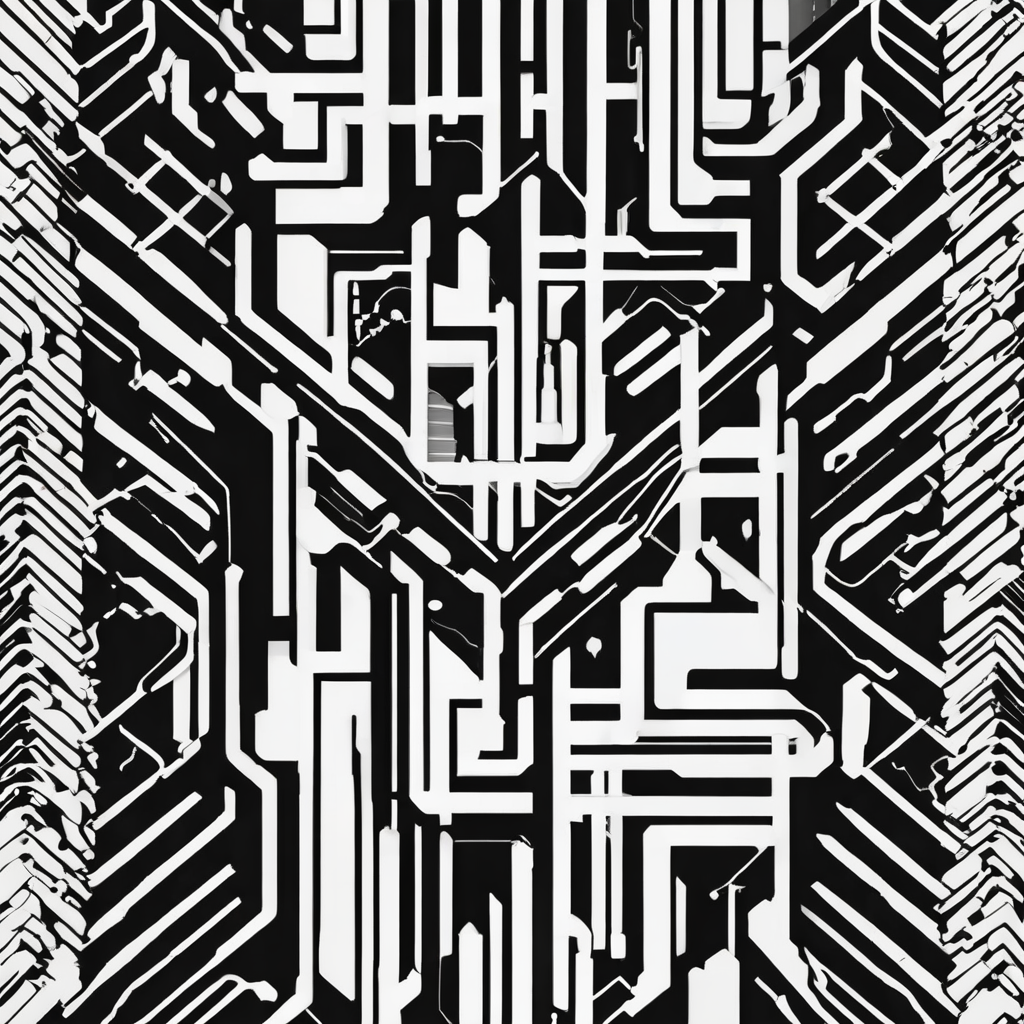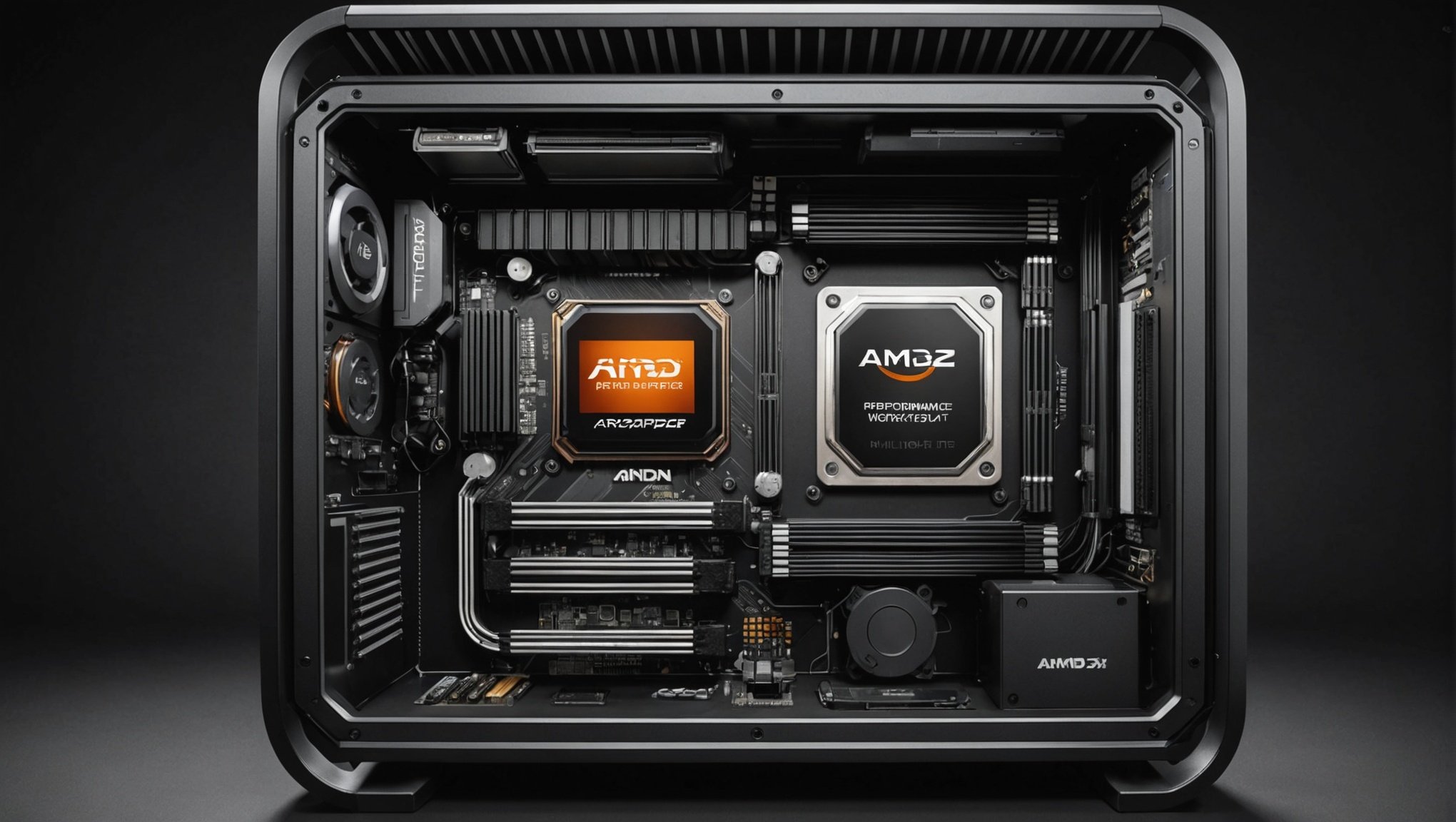Setting up a high-performance workstation for 3D rendering can be a daunting task, especially when aiming to utilize the powerful AMD Threadripper 3960X. This guide seeks to help you navigate through the maze of components, configurations, and installations to create a system that handles intense rendering workloads efficiently.
Whether you’re a professional animator, visual effects artist, or a 3D modeler, understanding the nuances of selecting the right hardware and optimizing software will enhance your productivity and performance. Let’s explore the essential steps to build the ultimate 3D rendering workstation.
In the same genre : What configurations are necessary for setting up a home security system using Raspberry Pi and MotionEye?
Choosing the Right CPU: AMD Threadripper 3960X
The centerpiece of your 3D rendering workstation will be the CPU, and the AMD Threadripper 3960X is a formidable choice. With 24 cores and 48 threads, it delivers unmatched performance for computational-heavy tasks like rendering.
Why the AMD Threadripper 3960X?
The AMD Threadripper 3960X outshines many of its competitors, including the Intel Xeon series, when it comes to multi-threaded tasks. The Threadripper architecture is designed to handle intense workloads, making it an ideal candidate for 3D rendering.
Also to discover : How do you configure a secure Wi-Fi connection for a home office using a TP-Link Deco X60?
Key Features:
- High Core Count: The 3960X offers 24 cores and 48 threads, providing ample power for parallel processing, crucial for rendering tasks.
- Base and Boost Clock Speeds: With a base clock of 3.8 GHz and a boost up to 4.5 GHz, it ensures swift execution of processes.
- PCIe 4.0 Support: This feature is vital for faster data transfer rates, beneficial for GPUs and NVMe storage solutions.
Choosing this processor ensures that your workstation can handle large, complex rendering projects with ease, offering a seamless blend of performance and efficiency.
Selecting the Perfect Motherboard
After choosing your CPU, the next step is selecting a compatible motherboard that can fully utilize the capabilities of the AMD Threadripper 3960X.
What to Look for in a Motherboard?
The motherboard is the backbone of your system, and it needs to support all your components while optimizing performance. Here are some considerations:
Socket Compatibility: Ensure the motherboard features the sTRX4 socket to accommodate the Threadripper 3960X.
PCIe 4.0 Slots: Multiple PCIe 4.0 slots are crucial for connecting high-speed GPUs and storage drives.
RAM Capacity and Slots: Opt for a motherboard that supports high-capacity RAM (up to 256GB) and features quad-channel memory slots to maximize bandwidth.
VRM Quality: High-quality Voltage Regulator Modules (VRMs) are essential for stable power delivery, particularly when overclocking.
A recommended option is the ASUS ROG Zenith II Extreme, which offers robust features tailored to the Threadripper series.
Memory: Ensuring Ample RAM
RAM is a critical component in rendering workflows. With 3D rendering, more RAM allows for handling larger textures, scenes, and multiple applications simultaneously.
How Much RAM Do You Need?
For professional 3D rendering, a minimum of 64GB is recommended, but aiming for 128GB or more can significantly improve performance, especially when working with complex scenes or multitasking with applications like Premiere Pro and DaVinci Resolve.
RAM Considerations
Speed: Choose high-speed RAM (3200 MHz or higher) to improve data transfer rates.
Dual Channel vs. Quad Channel: The Threadripper 3960X supports quad-channel memory, which offers better performance compared to dual-channel setups.
ECC vs. Non-ECC: Error-Correcting Code (ECC) RAM ensures data integrity, which can be beneficial in professional environments.
Brands like Corsair and G.Skill offer reliable high-performance RAM options that suit the needs of a Threadripper system.
Storage Solutions: Speed and Capacity
Storage is another crucial aspect of a high-performance workstation. Fast storage solutions reduce load times for applications and projects, enhancing workflow efficiency.
Types of Storage
NVMe SSDs: These drives offer unparalleled read/write speeds and are ideal for storing active projects and applications. PCIe 4.0 NVMe SSDs, such as the Samsung 980 Pro, provide exceptional performance.
SATA SSDs: While slower than NVMe drives, they are still significantly faster than traditional HDDs and are suitable for secondary storage.
HDDs: High-capacity HDDs can be used for archival purposes, storing backups, and infrequently accessed data.
For a balanced setup, consider a combination of a high-speed NVMe SSD for your system drive and active projects, supplemented with SATA SSDs and HDDs for additional storage needs.
Graphics Cards: Powering Your Renders
The GPU plays a vital role in rendering, especially for applications that leverage GPU rendering capabilities.
Selecting the Right GPU
CUDA Cores vs. Stream Processors: NVIDIA GPUs utilize CUDA cores, which are highly efficient for rendering tasks. AMD GPUs, with their stream processors, also offer robust performance but might not be as widely supported in certain software.
VRAM: More VRAM (8GB or more) can handle larger textures and complex scenes more efficiently.
Dual NVIDIA Setup
A dual NVIDIA GeForce RTX setup can significantly boost rendering performance. For instance, pairing two RTX 3080s can provide substantial computational power, drastically reducing render times.
Ensure your motherboard and power supply can support multiple GPUs, and that your case has adequate ventilation to manage the increased thermal output.
Cooling Solutions: Keeping Temperatures in Check
High-performance CPUs and GPUs generate significant heat, necessitating robust cooling solutions to maintain system stability and longevity.
CPU Cooling
Liquid Coolers: AIO liquid coolers are highly effective for managing the heat output of powerful processors like the Threadripper 3960X. The NZXT Kraken X73, for example, offers excellent cooling performance.
Air Coolers: While typically more affordable, high-quality air coolers like the Noctua NH-D15 can also provide effective cooling for the Threadripper.
GPU Cooling
Ensure your case has adequate airflow and consider GPUs with robust cooling solutions. Custom water-cooling loops can offer the best performance but require more maintenance and a higher initial investment.
Finalizing the Build: Assembly and Optimization
Power Supply Unit (PSU)
A reliable PSU is essential. Opt for a high-wattage, 80+ Gold or Platinum certified unit to ensure stable power delivery to all components.
Case
Choose a case that supports E-ATX motherboards and offers ample space for cooling solutions. Cases like the Fractal Design Meshify S2 provide excellent airflow and modularity.
Assembly Tips
- Static Precautions: Use anti-static wristbands and mats to prevent component damage.
- Cable Management: Organize cables to improve airflow and maintain a clean build.
- Firmware Updates: Update BIOS and firmware to the latest versions for optimal performance and compatibility.
Software Optimization
- Drivers: Install the latest drivers for your GPU and other components.
- Rendering Software Configuration: Adjust settings in software like Blender, Premiere Pro, and DaVinci Resolve to fully utilize your hardware’s capabilities.
Setting up a high-performance workstation for 3D rendering using the AMD Threadripper 3960X involves careful selection and assembly of components designed for optimal performance and reliability. The combination of a robust CPU, ample RAM, high-speed storage, powerful GPUs, and effective cooling solutions ensures that your workstation can handle the most demanding rendering tasks efficiently.
By following the steps outlined in this guide, you can build a workstation that not only meets but exceeds your 3D rendering needs, enabling you to focus on creating stunning visuals without being hindered by hardware limitations. Embrace the power of the AMD Threadripper 3960X and elevate your rendering projects to new heights.






